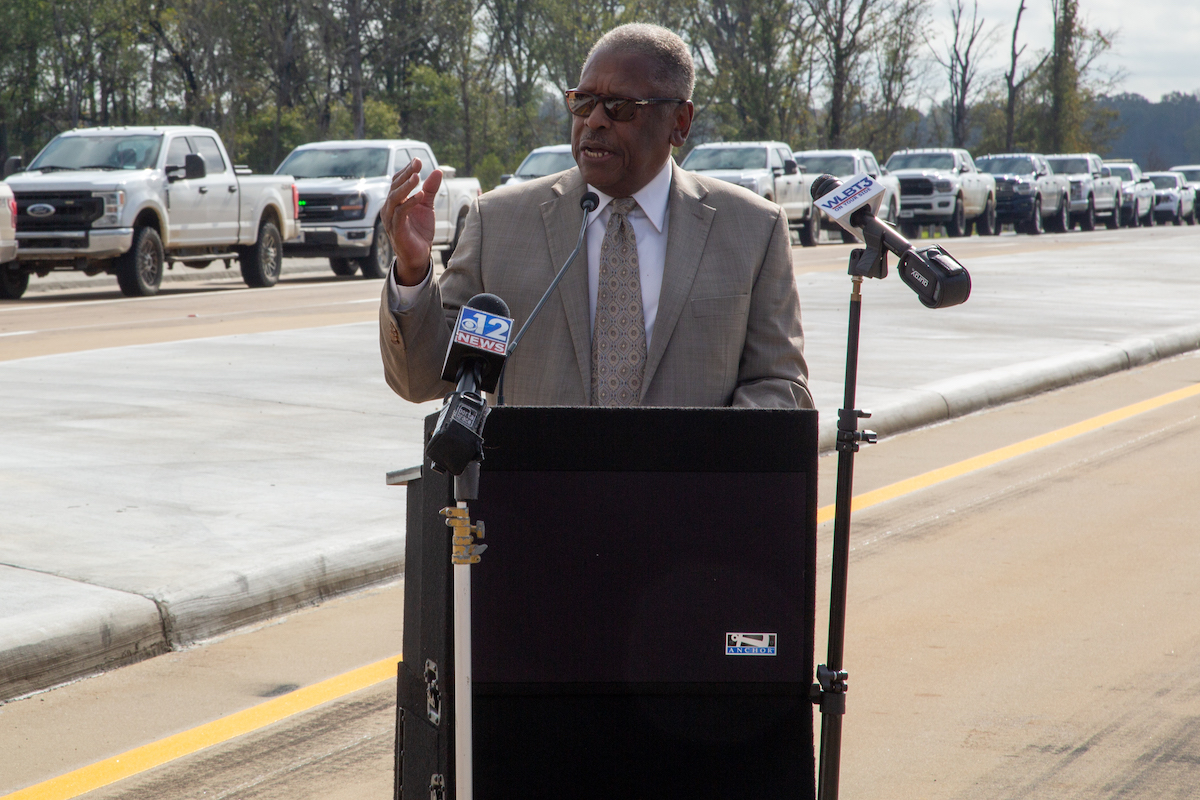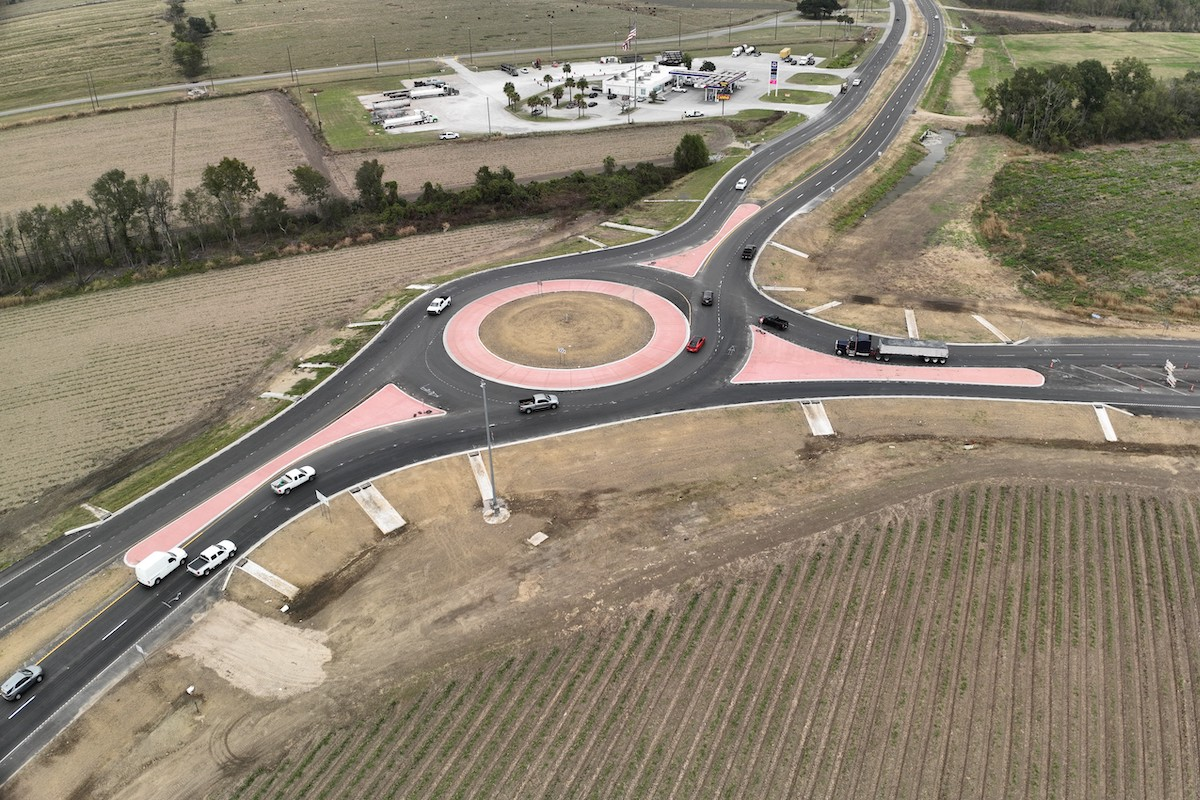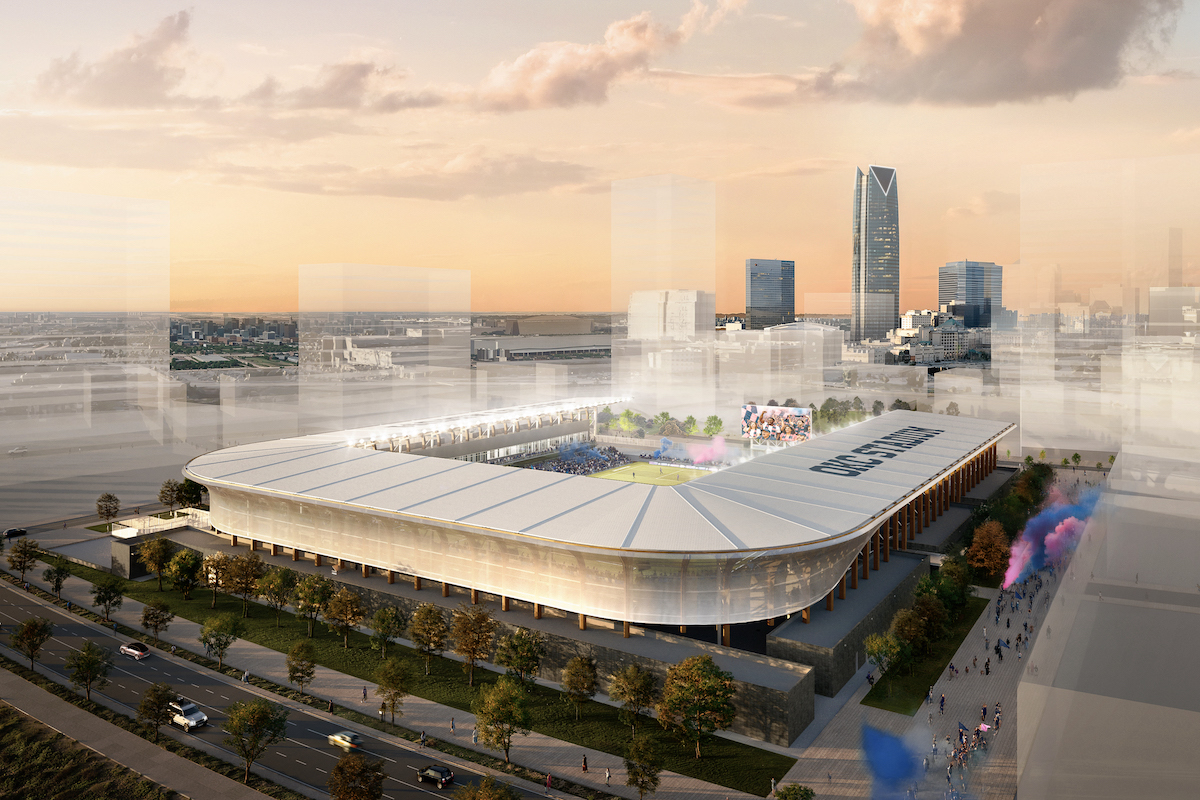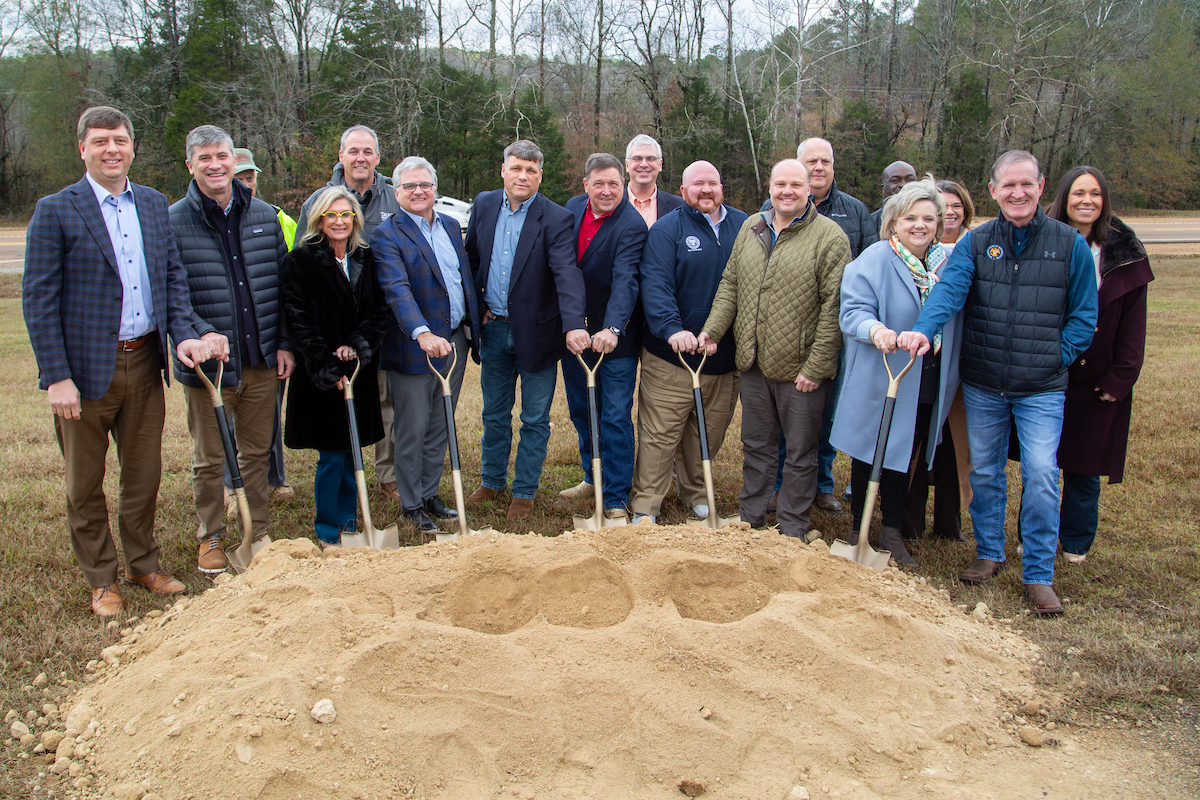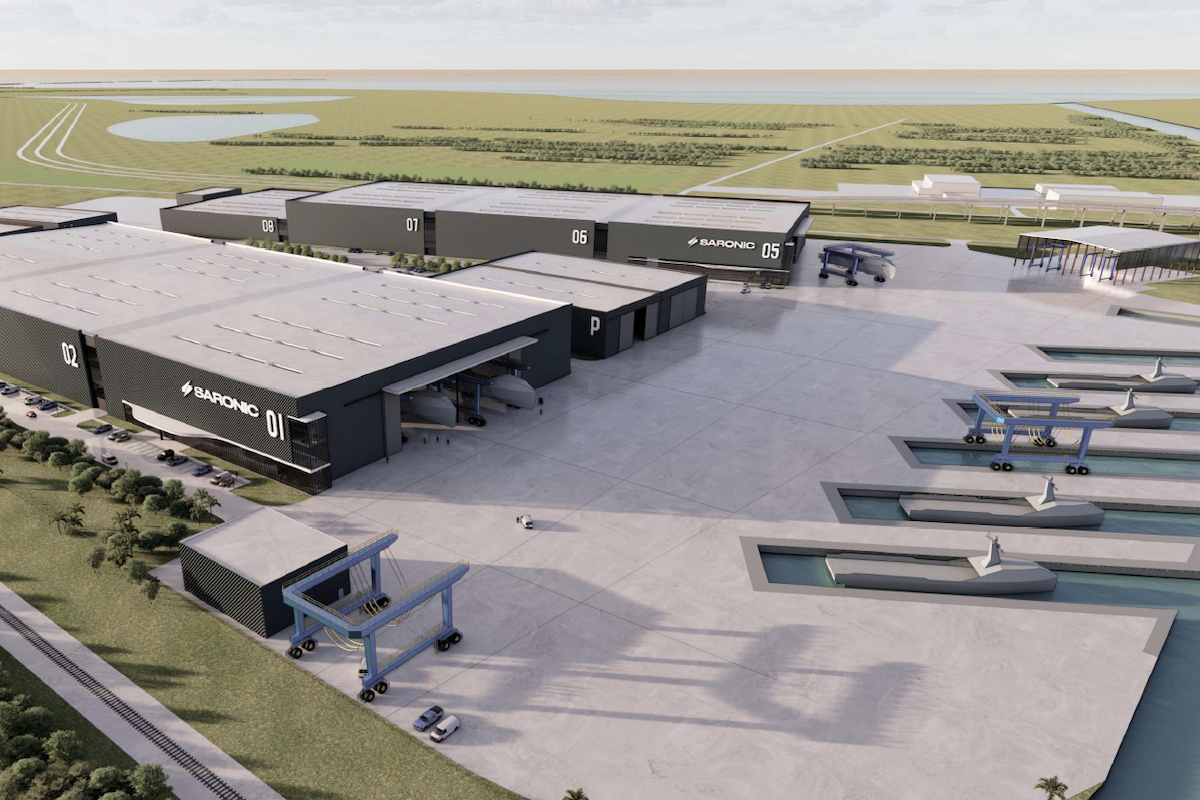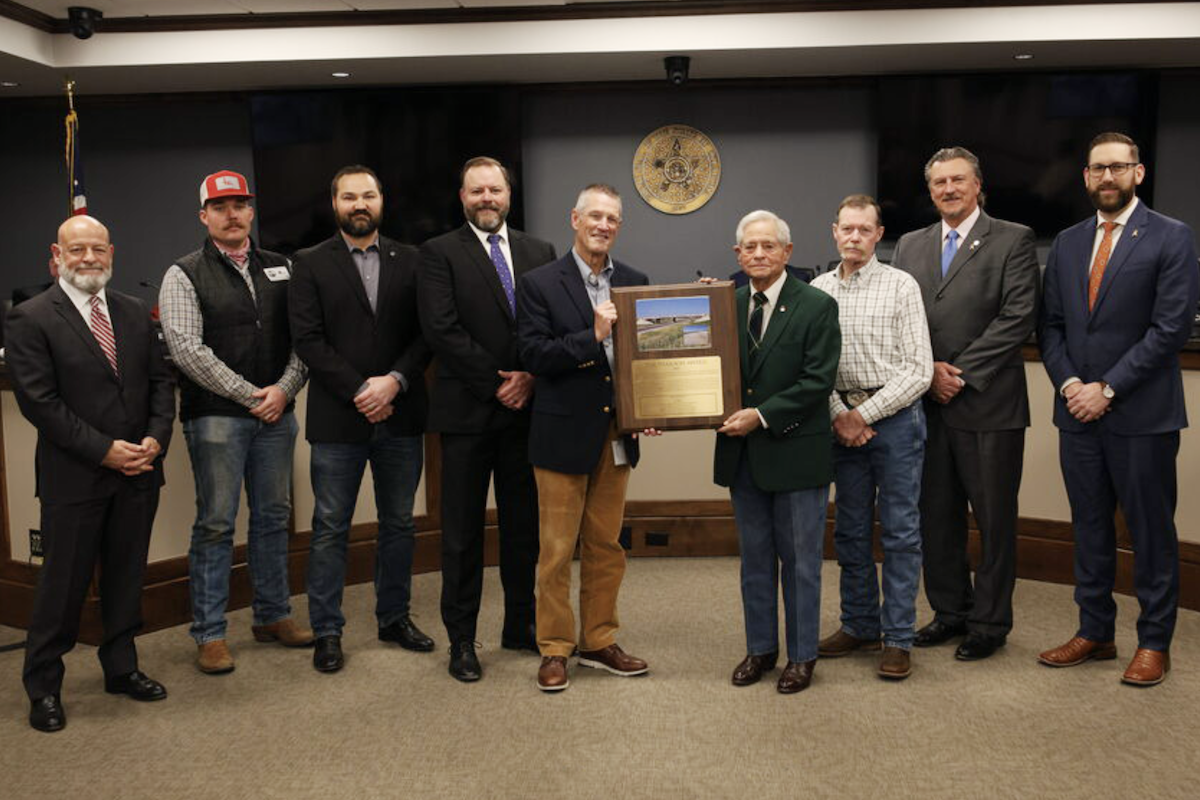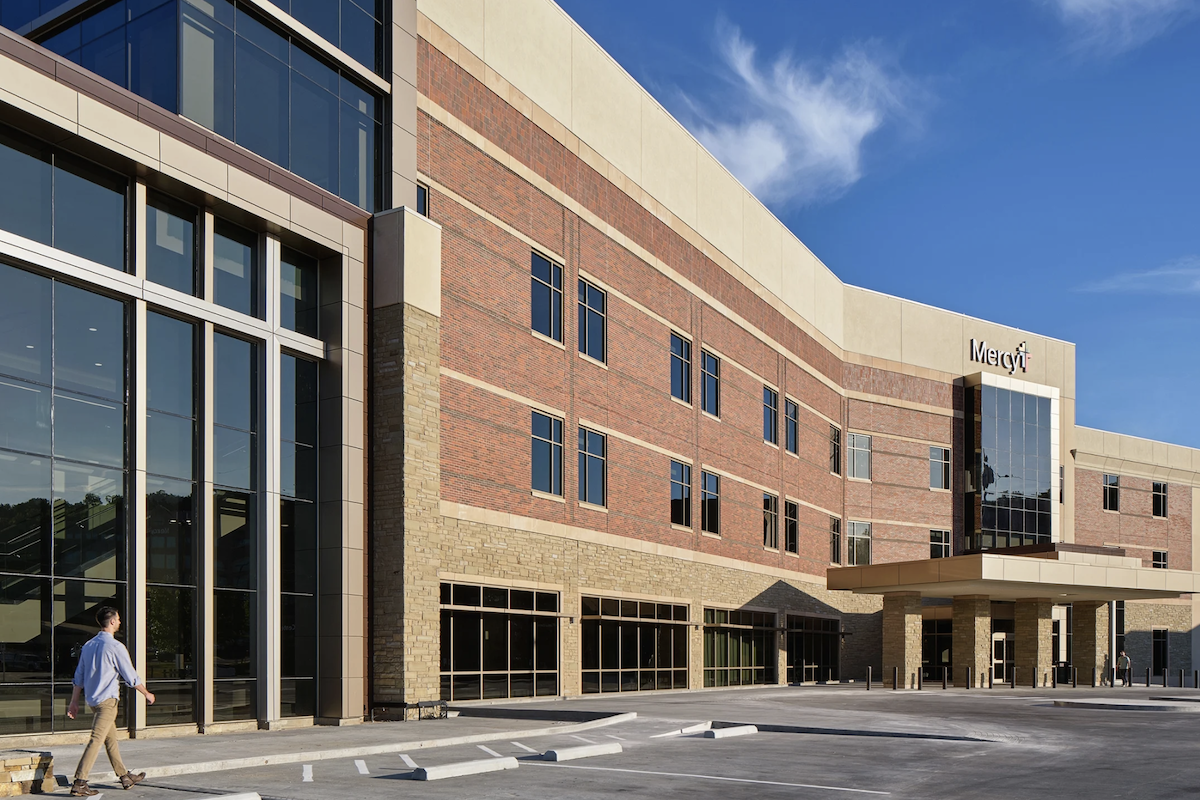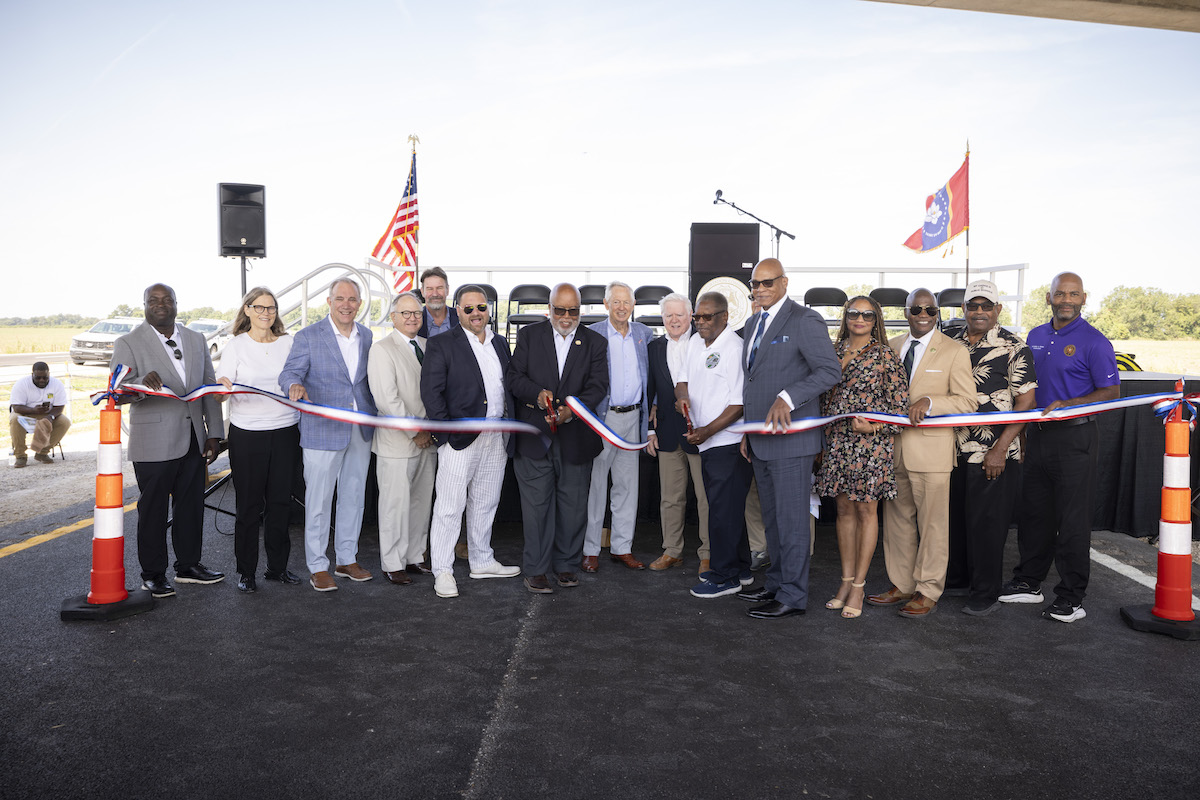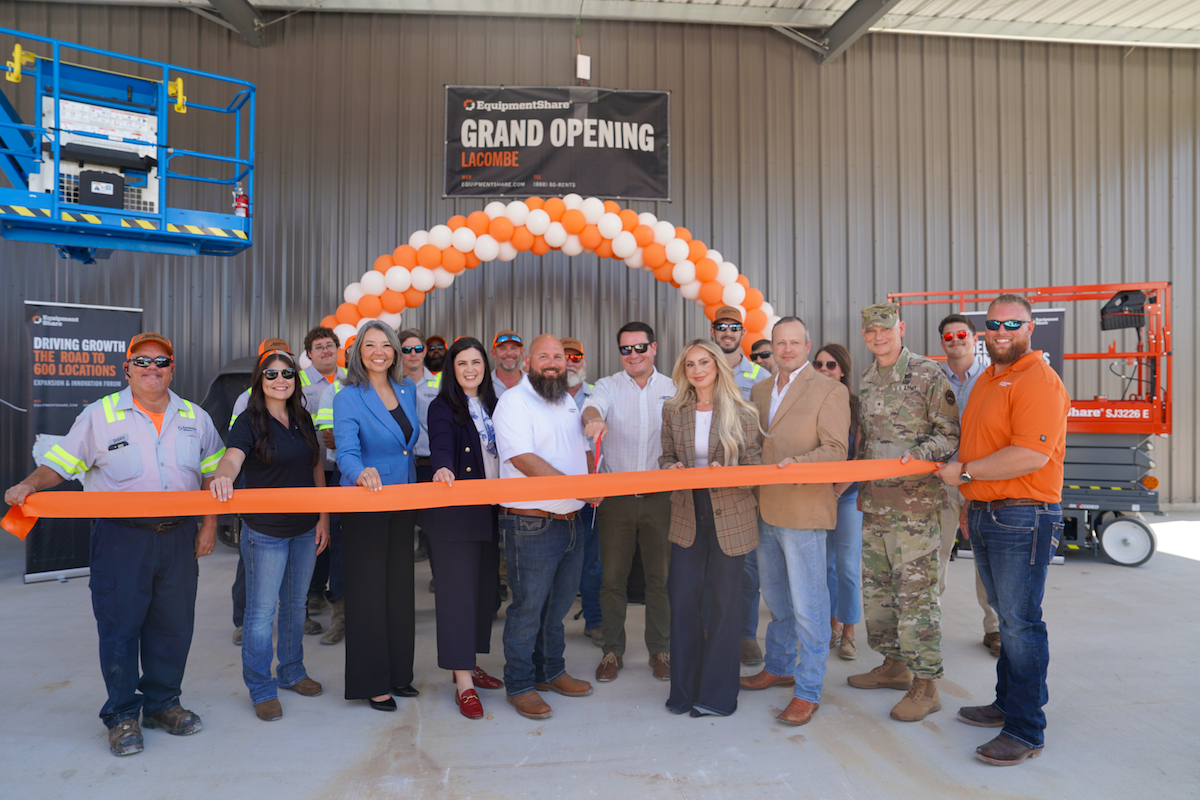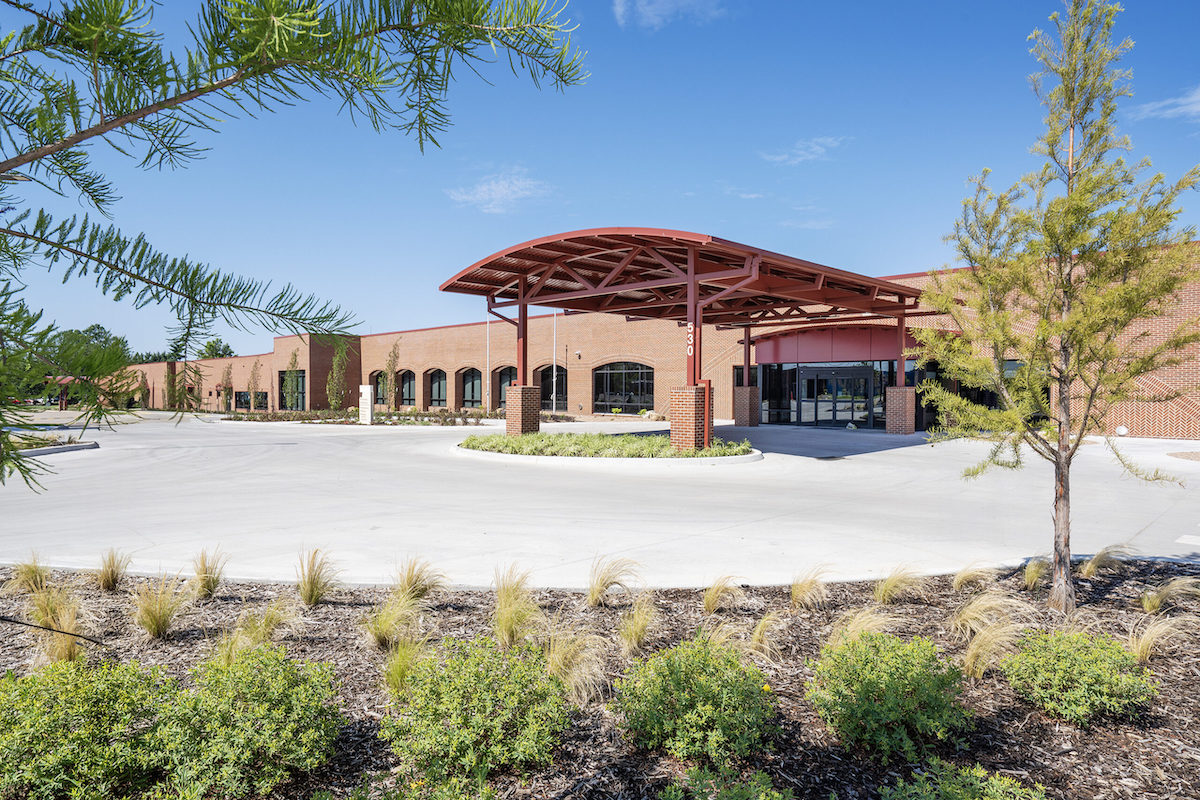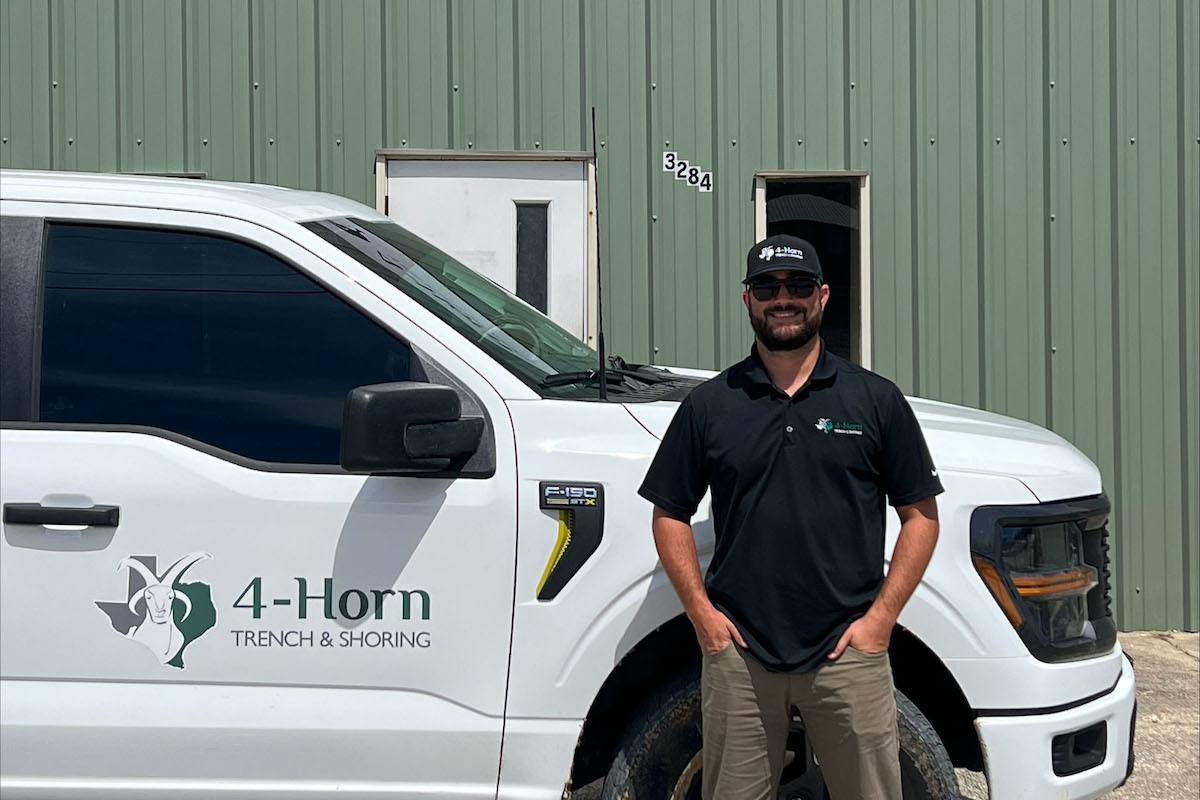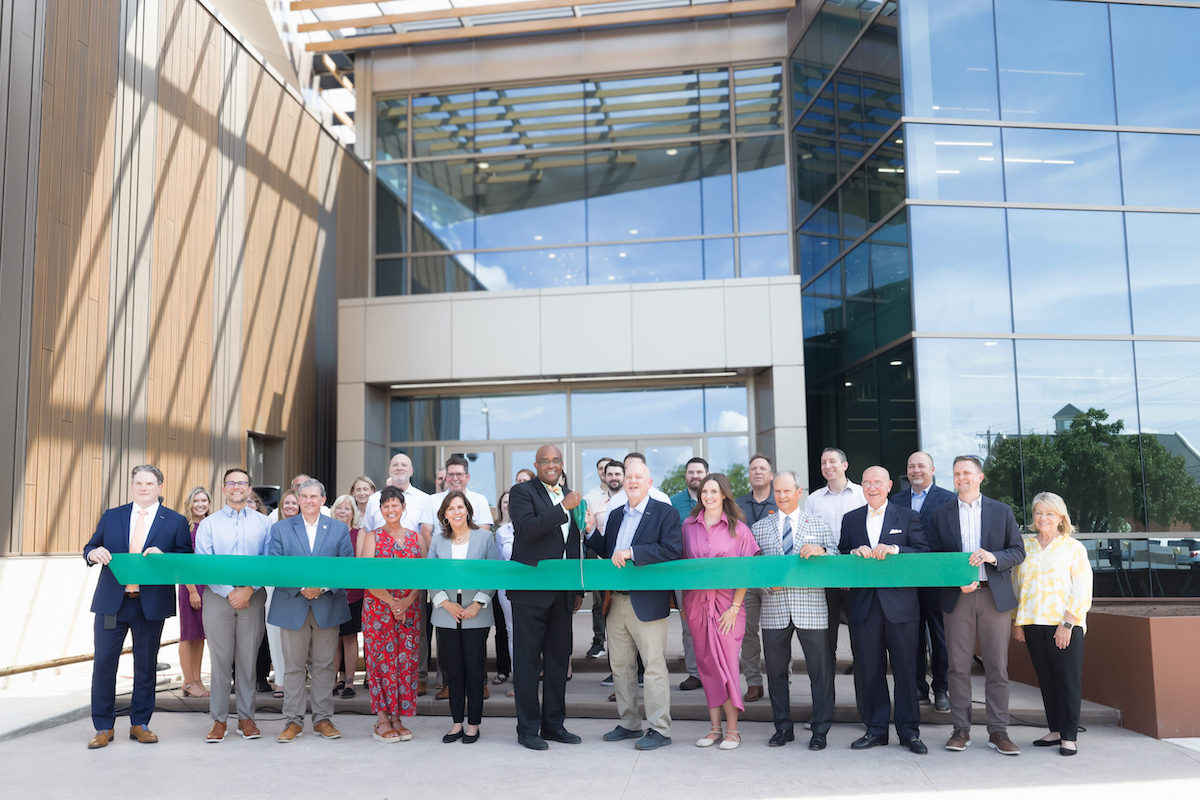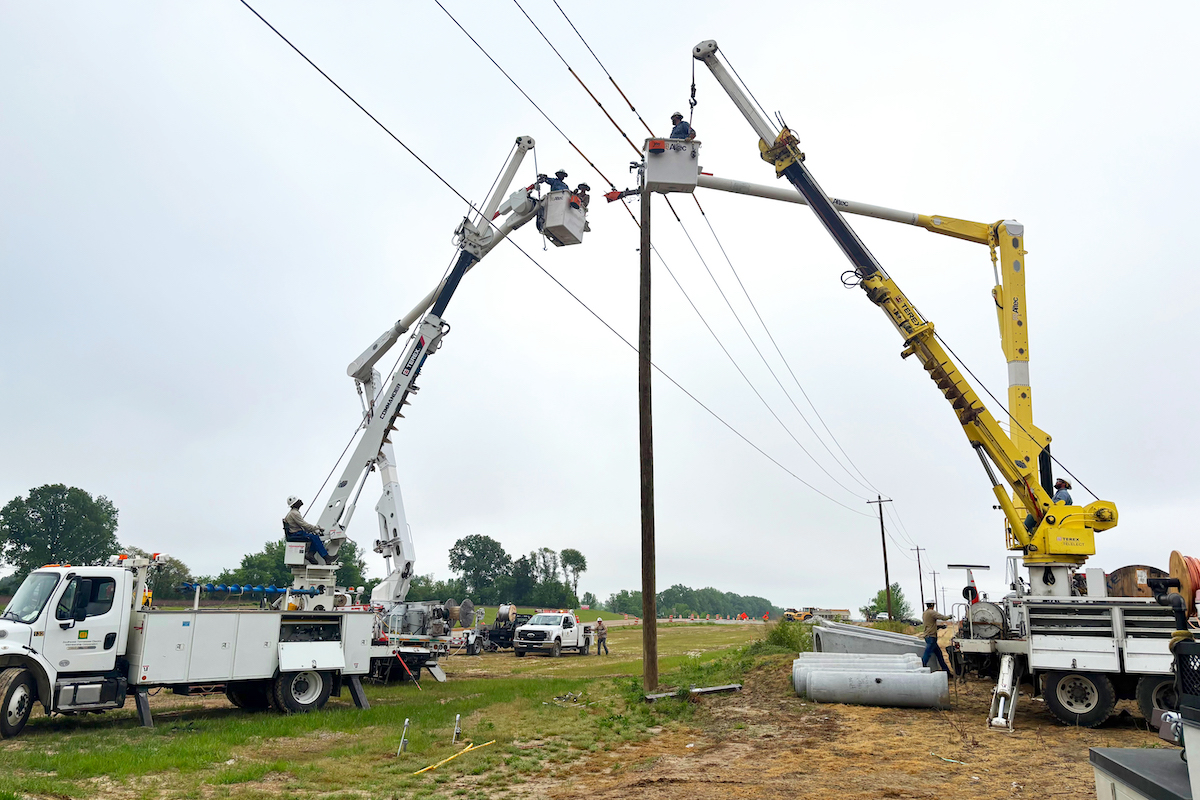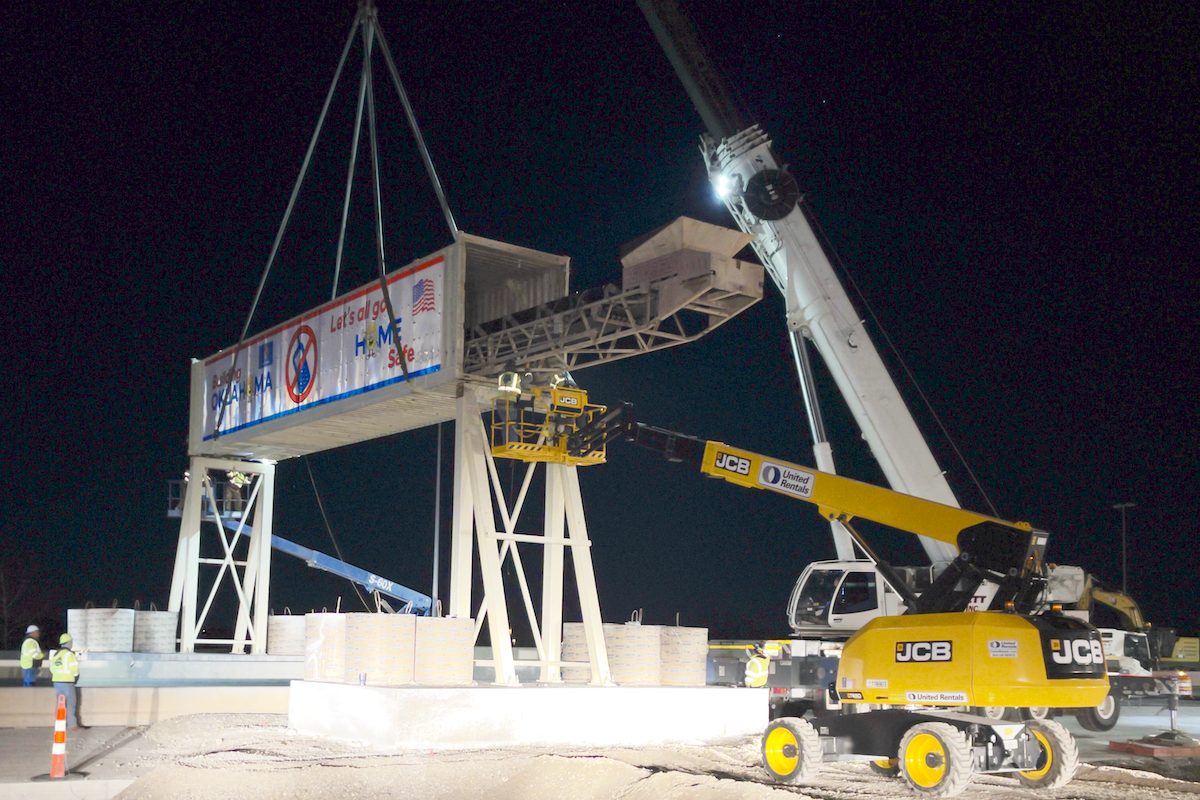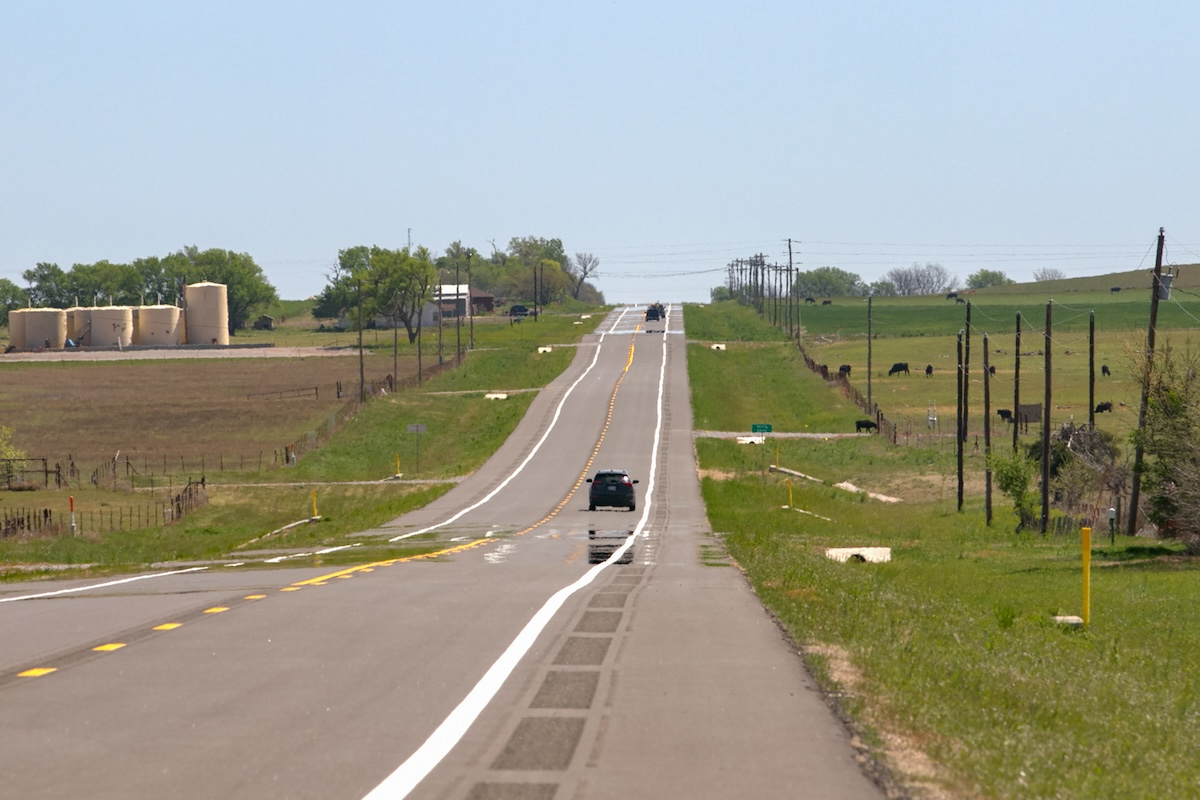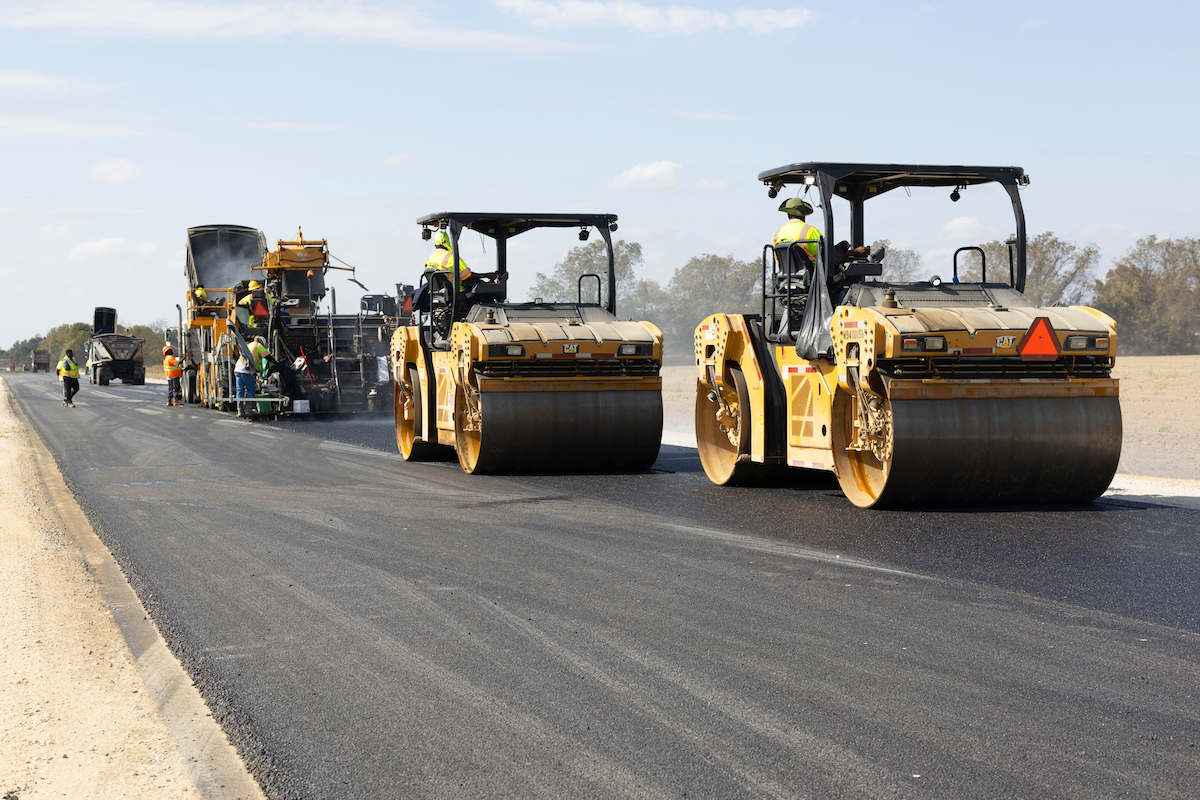Mainline inspection equipment is routinely used by municipalities, water and sewer districts and contractors for inspecting 6-inch and larger sanitary storm drain sewer pipelines. Smaller pipelines, 4 inches and less, are typically inspected with a push camera system and are accessed from the sewer cleanout or other entry points inside the house.
During an inspection, data collection software will used to identify the assets being inspected as well as log observations of defects and maintenance issues. Pipeline Acescent Certification Program (PACP) has a standard coding system, developed by the National Association of Sewer Service Companies (NASSCO). This tool is used for gathering common data that can be sorted by type of defect and severity of defect and allow an engineer to easily identify what pipes need to be addressed immediately, and how to address the defect.
Basic components of a CCTV pipe inspection system are:
- Camera or camera/transporter unit
- Power supply/control unit
- Reel and cable system
The type of inspection system used is based on the size of the pipe and the conditions that are present in the pipeline. Inspection system can range from a simple push camera system that is manually push through a pipeline using a fiberglass reinforced cable to a portable system that can be wheeled into a tight access area like a backyard or an easement to a vehicle mounted system that is designed for inspecting thousands of feet of pipeline per day and houses all of the equipment and it’s supporting items. Control components are mounted in a van or truck.
The power/control system, mounted in a portable case, has a TV monitor and a recording device so the operator can view the pipeline condition as they push the camera and record the video at the same time. The cable reel has a counter built-in and the footage is overlaid on the video and is seen on the TV monitor. The operator will stop at observations that they want to verbally note on the recording using the built-in microphone on controller. There are more expensive systems that will allow the operator to log the observations in a data collection software real time or they can do this as a post process to the actual inspection.

| Your local Iowa Mold Tooling Co Inc dealer |
|---|
| Nichols Fleet Equipment |
There are also transportable systems that consist of an enclosure, like a cube, that the entire system is mounted in and is designed with storage for the accessories. The cube can be lifted with a forklift or a backhoe. This unit can fit in the back of a truck or on an ATV. The unit is designed to mount an EU 2200 generator that can operate while still inside of the enclosure and has an onboard water tank, 12-volt DC water pump, and hose reel to clean off the equipment after performing an inspection.
The portable, transportable and VMS systems all have the capability to run any mainline inspection equipment. This would include all wheeled transporters as well as crawlers (track unit). Other methods of inspection include floating, sonar profiling, and laser profiling.
Most cameras are compatible with multiple transporters and have options for inclination (the measurement of foot of fall or percent of fall over distance) and laser diodes to assist in measuring defects in the pipeline.
While the portable and transportable systems are limited to 1,500 feet of cable the VMS systems have options up to 2,500 feet of our double steal armored Single Conductor Cable that has 5,400 pounds of breaking strength and is only a quarter inch in diameter. The single-conductor technology is a version of the same coaxial cable that reliably delivers hundreds of TV channels, high-speed internet, voice communication, and more to millions of households and businesses across America. The advantages over competitive multi-conductor cable are clear:
- Video signal quality is not affected by the length of cable (unlike multi-conductor technology).
- Single-conductor cables offer a life expectancy at least three times that of any multi-conductor cable.
- Single-conductor cable has a breaking strength greater than 5,000 pounds (typical multi-conductor cable has a breaking strength of 2,000 pounds or less).
- Single-conductor cable is simple to maintain, and the end connectors can be replaced in a matter of minutes. Multi-conductor cable typically requires several hours of labor and advanced technical skills to splice or troubleshoot multiple wires.
The cable has a coax inside and has only two wires (hot wire and a ground) to carry all the power and control signals as well as transmits the video back to the control unit. This simplifies the system and makes trouble shooting a breeze. With the double steal amour protection cable damage and failure is almost nonexistent.

| Your local Wirtgen America dealer |
|---|
| Kirby-Smith Machinery |
The basic or lite software option allows the operator to enter very basic information about the pipeline and assets. Common entries would be start and end point IDs, pipeline ID, location, size, material and use (sewer, storm, etc.). The system will also typically include a video encoder so you can digitally store the video on the computer as well as an overlay system that overlays certain data fields from the information that was entered, footage reading, start/end IDs, on the screen and in the video.
Once the setup is complete and the operator starts driving down the pipe, they will use a list of pre-determined codes to identify maintenance issue or defects in the pipeline. When the observation is completed a picture with location or footage is logged in the database along with any notes the operator enters. When the inspection is complete a report can be generated that will list the data information entered and all the observations that were logged with a graphic format. This graphical format is like a stick figure of the inspection and when a lateral is logged at the three o’clock position in the pipe it shows up on the right side of the line representing the pipeline. The report will also include the pictures that were taken at each observation so whoever is viewing the report can see right away what the operator was seeing.
All this information can be exported from the computer to a DVD, jump drive, or other media.
Pipeline inspection equipment works in harsh environments and will require proper maintenance to maximize performance and minimize downtime. One main maintenance item is properly cleaning the equipment daily to remove debris, grease and harsh chemicals that can accelerate corrosion. There are several store-bought disinfectant cleaners that can be used for this. The other important maintenance item is testing the cameras and transporters for leaks. This should be done daily. If damage is caused to the equipment it should be checked right away before reentering the pipeline.
Contributed by Subsite
















